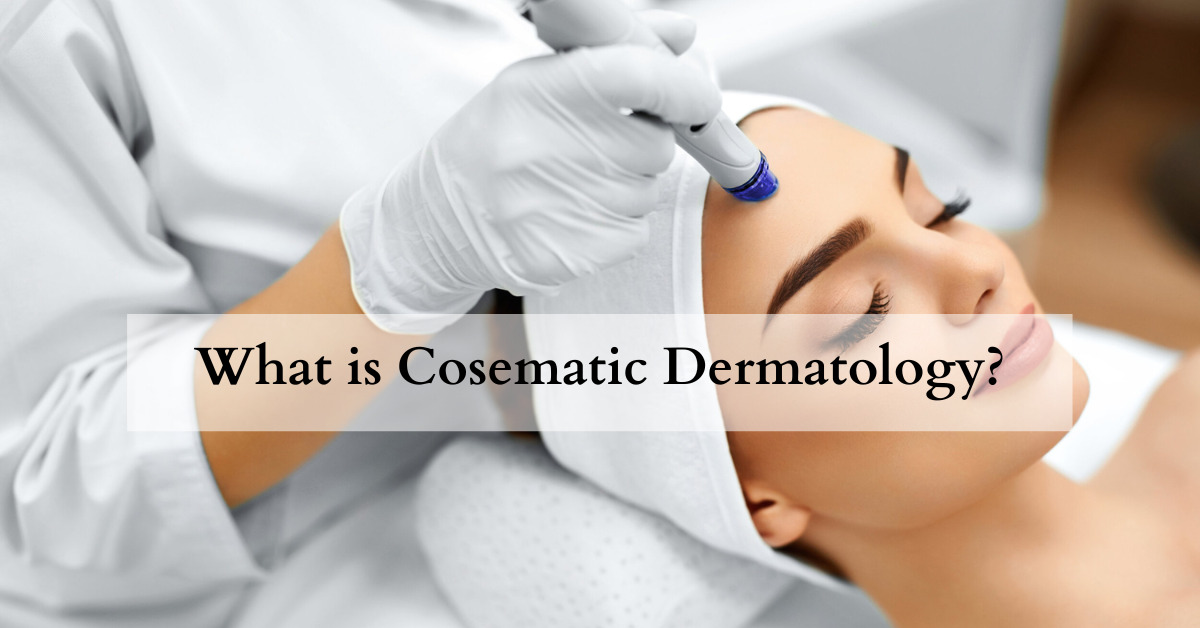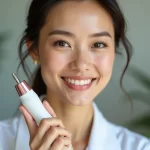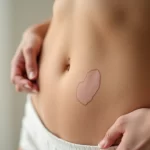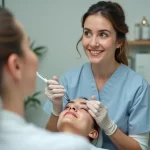Cosmetic dermatology is a specialized branch of dermatology that focuses on enhancing a person’s appearance through non-invasive and minimally invasive procedures. Unlike general dermatology, which primarily deals with diagnosing and treating skin conditions, cosmetic dermatology aims to improve aesthetic concerns and boost a patient’s self-confidence.
History of Cosmetic Dermatology
The roots of cosmetic dermatology can be traced back to ancient civilizations, where people used natural ingredients for skin treatments and enhancements. However, modern cosmetic dermatology emerged in the mid-20th century with the introduction of treatments like chemical peels, Botox, and dermal fillers. These innovations paved the way for a variety of procedures designed to address a wide range of cosmetic concerns.
Common Cosmetic Dermatology Procedures
Cosmetic dermatology encompasses numerous procedures, each tailored to specific concerns. Some of the most common treatments include:
- Botox and Dermal Fillers: These injections help reduce wrinkles and restore volume to the face.
- Chemical Peels: Chemical solutions are applied to the skin to exfoliate and improve its texture.
- Laser Therapy: Laser technology is used for hair removal, skin resurfacing, and more.
- Microdermabrasion: This technique exfoliates the skin, improving its overall texture and appearance.
- Dermabrasion: A more aggressive form of skin resurfacing that treats deep wrinkles and scars.
Who Can Benefit from Cosmetic Dermatology?
Cosmetic dermatology is suitable for individuals of all ages who have aesthetic concerns, from fine lines and wrinkles to skin imperfections. Whether you’re looking to rejuvenate your appearance or address specific skin issues, there’s likely a procedure that can help.
Choosing the Right Cosmetic Dermatologist
Selecting the right cosmetic dermatologist is crucial. Look for a board-certified professional with experience in the specific procedure you’re interested in. Consider reading reviews and seeking recommendations from trusted sources.
Consultation and Evaluation
Before undergoing any procedure, a consultation with a cosmetic dermatologist is essential. During this appointment, your dermatologist will assess your skin and discuss your goals. This ensures that the chosen procedure aligns with your expectations.
Risks and Complications
While cosmetic dermatology procedures are generally safe, there are risks involved. These may include infection, scarring, or allergic reactions. Discuss potential risks with your dermatologist during the consultation.
Recovery and Aftercare
The recovery process varies depending on the procedure. Some treatments may have minimal downtime, while others require more extended recovery periods. Your dermatologist will provide you with detailed aftercare instructions.
Expected Results
The outcomes of cosmetic dermatology procedures can be dramatic. Patients typically experience a more youthful appearance, smoother skin, and increased self-confidence. The results are often long-lasting, though maintenance may be necessary.
Cost of Cosmetic Dermatology
The cost of cosmetic dermatology varies widely, depending on the procedure, the geographic location of the clinic, and the expertise of the dermatologist. It’s essential to consider both the financial and personal investment.
The Popularity of Cosmetic Dermatology
Cosmetic dermatology has seen a significant surge in popularity in recent years, with more individuals seeking procedures to enhance their appearance. The advancement of non-surgical treatments and growing awareness of these options have contributed to this trend.
Conclusion
Cosmetic dermatology offers a plethora of solutions to address various aesthetic concerns. Whether you want to reduce wrinkles, improve skin texture, or enhance your overall appearance, there’s likely a procedure that can help. However, it’s essential to choose a qualified dermatologist, discuss potential risks, and have realistic expectations about the outcomes.
FAQs
- What is the difference between cosmetic dermatology and general dermatology? Cosmetic dermatology focuses on enhancing appearance, while general dermatology deals with diagnosing and treating skin conditions.
- Are cosmetic dermatology procedures painful? Most procedures involve minimal discomfort, and dermatologists can use numbing agents to ensure a painless experience.
- How long do the results of cosmetic dermatology procedures last? Results vary, but many procedures offer long-lasting effects. Maintenance may be required for some treatments.
- Can anyone get cosmetic dermatology procedures? In general, most people are suitable candidates for cosmetic dermatology. Your dermatologist will evaluate your eligibility during a consultation.
- Is cosmetic dermatology safe? When performed by a qualified and experienced dermatologist, cosmetic dermatology procedures are generally safe. Discuss any concerns with your chosen professional during your consultation.
In conclusion, cosmetic dermatology has revolutionized the way people address aesthetic concerns. It offers a diverse range of treatments to cater to various skin-related issues, helping individuals look and feel their best. With the right dermatologist and a thorough understanding of the procedures, you can achieve your desired aesthetic goals with confidence.





